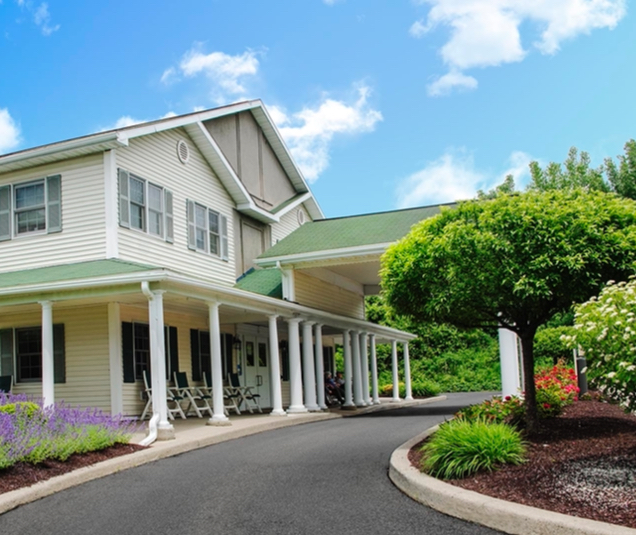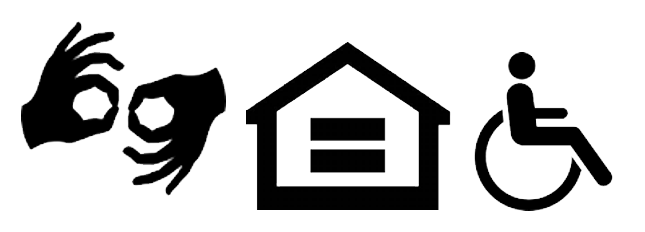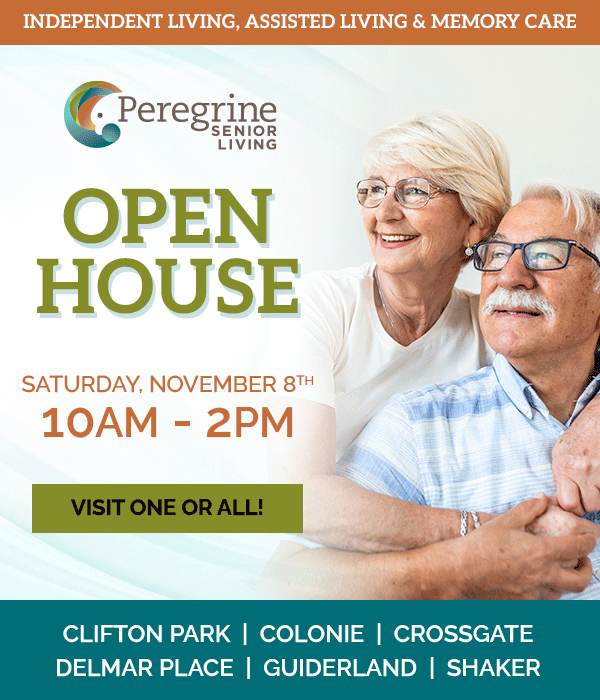Making the decision to move to assisted living is often filled with emotion. You’ll likely feel relief, hope, maybe even a little anxiety. It’s a big step, and like any transition, it helps to know what to expect. The more informed you are about the application process, the more confident you’ll feel as you move forward.
To apply for assisted living, you’ll need to:
- Research assisted living communities
- Schedule an initial assessment
- Gather required documents
- Complete the application forms
- Assess & plan your finances
- Prepare for the move
- Create a personalized care plan
Assisted Living Requirements
Before applying, it’s helpful to understand whether assisted living is the right fit. These communities are designed to support individuals who need daily assistance, but not full-time medical care. The goal is to help residents maintain their independence while receiving just the right level of support.
In many cases, an initial assessment determines if a person qualifies for assisted living. While a person with minor conditions can still live in assisted living, these communities aren’t designed to provide advanced health care. If complex medical needs or advanced memory concerns are present, other care options like dedicated memory care or skilled nursing might be more appropriate.
Step 1: Research Assisted Living Communities
Finding the right community is a key part of the move to assisted living. Each community has its own personality, offerings, and environment.
When exploring your options, pay special attention to:
- Location and how close it is to family and friends
- Services offered, including medical care access, meal plans, and housekeeping
- Opportunities for social connection and wellness activities
- Cost, payment options, and availability of financial planning resources
- How the community feels when you visit—are staff friendly and welcoming?
Touring a community in person can help you visualize daily life there. Ask questions, meet the staff, and picture how you or your loved one might feel settling into this new chapter.
Step 2: Schedule an Initial Assessment
After narrowing down your choices, the next step is a personalized assessment. This helps the community understand your care needs and determine whether assisted living is the right level of support.
The community will evaluate:
- Mobility level and ability to walk or move independently
- Cognitive function and memory concerns, if any
- Daily personal care needs, such as dressing or bathing
- Medication routines and management preferences
This process also helps the care team start planning a smooth transition.
Step 3: Gather Required Documents
In most states, once the community’s assessment is complete, your physician will need to complete the required medical paperwork. You’ll typically be asked to provide:
- Recent medical documents, such as a physical exam or health history
- Proof of insurance or Medicare/Medicaid enrollment
- A list of current prescriptions or physician’s orders
- Legal paperwork, such as power of attorney or guardianship documents
- Identification and financial records for billing and planning
Some communities may offer help organizing or submitting this paperwork. If something’s missing, don’t worry: there’s usually time to gather it before move-in.
Step 4: Complete the Application Forms
Filling out the official forms is the next step in applying for assisted living. While it may feel overwhelming at first, most communities walk families through each section. You’ll likely need to work through admission, consent forms, resident agreements, and more.
If you’re not sure how to move forward, talk to the on-site teams. They can help you with these papers, so don’t hesitate to ask for clarification.

Step 5: Assess & Plan Your Finances
Before moving in, it’s helpful to review your current financial picture and look into funding options. Each senior living community offers different services, so take time to look into what resources are available to you.
You likely have several options, such as:
- Personal savings or retirement income
- Long-term care insurance
- Medicaid waiver programs, depending on eligibility
- Medicare coverage for medical-related needs, though not for room & board
- Veteran’s Aid and Attendance, depending on whether or not you qualify
Many communities can explain your options during an in-person visit. Finances can be challenging, but having a clear plan makes this process much easier.
Step 6: Prepare for the Move
The application process is only the first step. You’ll also need to prepare for the move. This isn’t a small task, but it’s essential—it reduces stress before the move itself.
To simplify this process, it helps to:
- Start downsizing early by donating or gifting extra furniture, clothes, and keepsakes
- Create a list of must-have items for daily life and comfort
- Schedule movers or family help ahead of time
- Review community guidelines for move-in day
- Set up the new apartment in a way that feels familiar and cozy
This is a wonderful chance to slow down for a moment. Working through your belongings helps you reconnect with the past, share memories, and create a new, more welcome environment.
Step 7: Create a Personalized Care Plan
Every person has their own unique routine, preferences, and care needs. That’s why building a personalized care plan is such an important part of moving into assisted living.
A care plan usually includes:
- Daily routines, such as wake-up time, meals, and bedtime
- Specific needs for grooming, medications, or health concerns
- Favorite activities and social preferences
- Family involvement and contact preferences
These plans are living documents, so they should be updated over time as needs change.
Get Support with Your Assisted Living Application
Starting the application process for assisted living can feel like a lot, but breaking it down into steps makes it more manageable. From research to paperwork to move-in day, each stage plays a role in creating a safe, supportive future.
Here at Peregrine Senior Living at Shaker, we’re proud to walk alongside every family throughout the journey. The application process is a rewarding time, and it’s an essential step towards finding your new home. So, schedule your visit with us today to get started! Our team is here to help you every step of the way.












Happy Thanksgiving from all of us here at Peregrine Shaker! We enjoyed the parade and a delicious feast today. Thank you to all the staff that made the day so special! ... See MoreSee Less
Happy Thanksgiving Day! Early in the week, we had our annual photo shoot, and this morning we watch the Macy’s parade. Later in the afternoon our dedicated care staff did an awesome job creating a beautiful Thanksgiving Day for everyone to enjoy. We love the smiles 🥰 ... See MoreSee Less
This Thanksgiving, our hearts are full of gratitude…for the residents who inspire us with their wisdom, the families who entrust us with their loved ones, and the team members who lead with compassion every single day. ⭐
Every shared meal, every laugh, and every story is a reminder of what truly matters—community, connection, and love. ❤️
Wishing you a joyful and peaceful Thanksgiving surrounded by those you cherish most. 🍂
peregrineshaker.com/ ... See MoreSee Less
Our group is making floral centerpieces for the dining room tables for our Thanksgiving feast! ... See MoreSee Less
We love having a multimedia experience with Doug Schmolze! ... See MoreSee Less
We had a blast learning how to belly dance! ... See MoreSee Less
This morning's parachute activity was enjoyable with our care staff followed by a leisurely afternoon scenic ride. ... See MoreSee Less